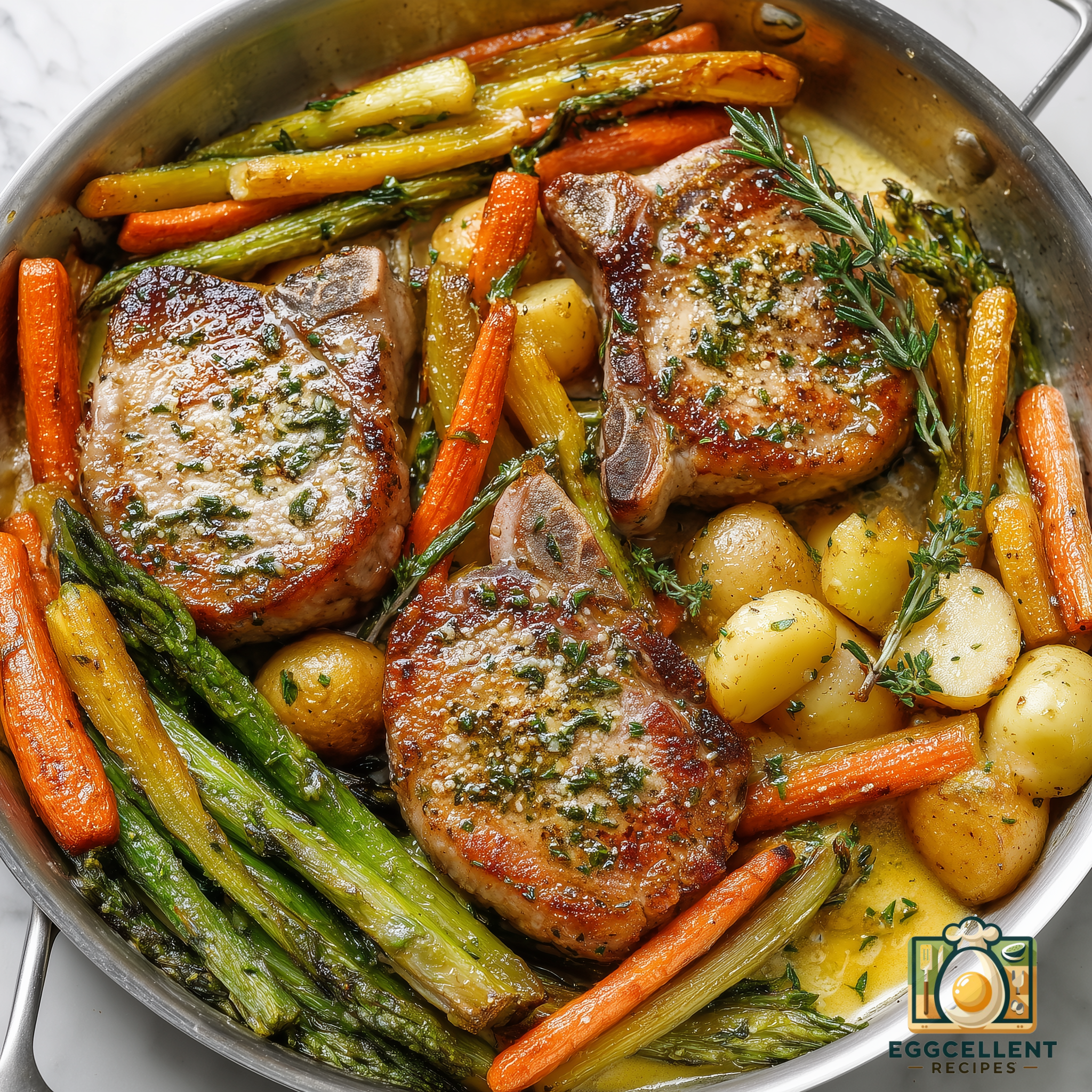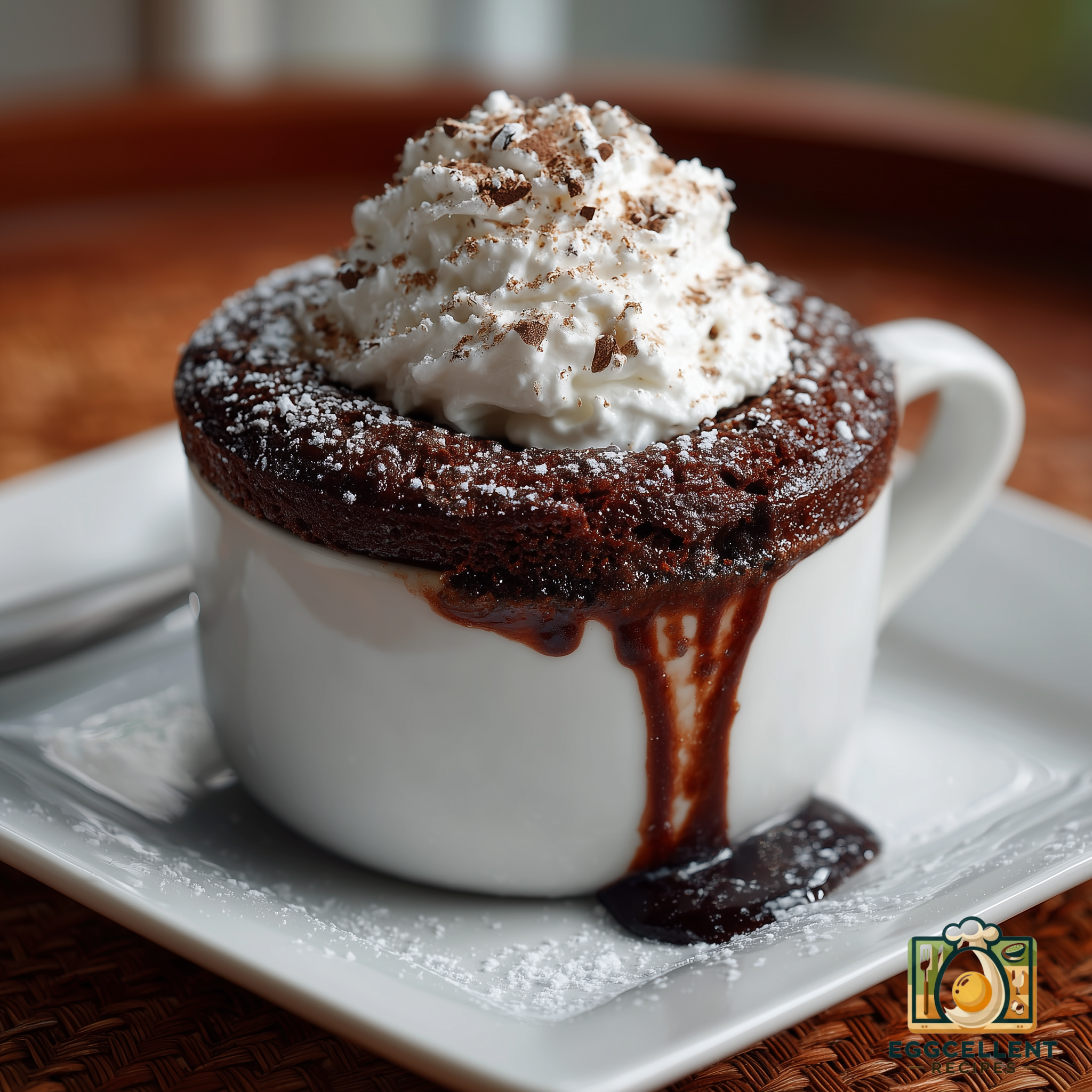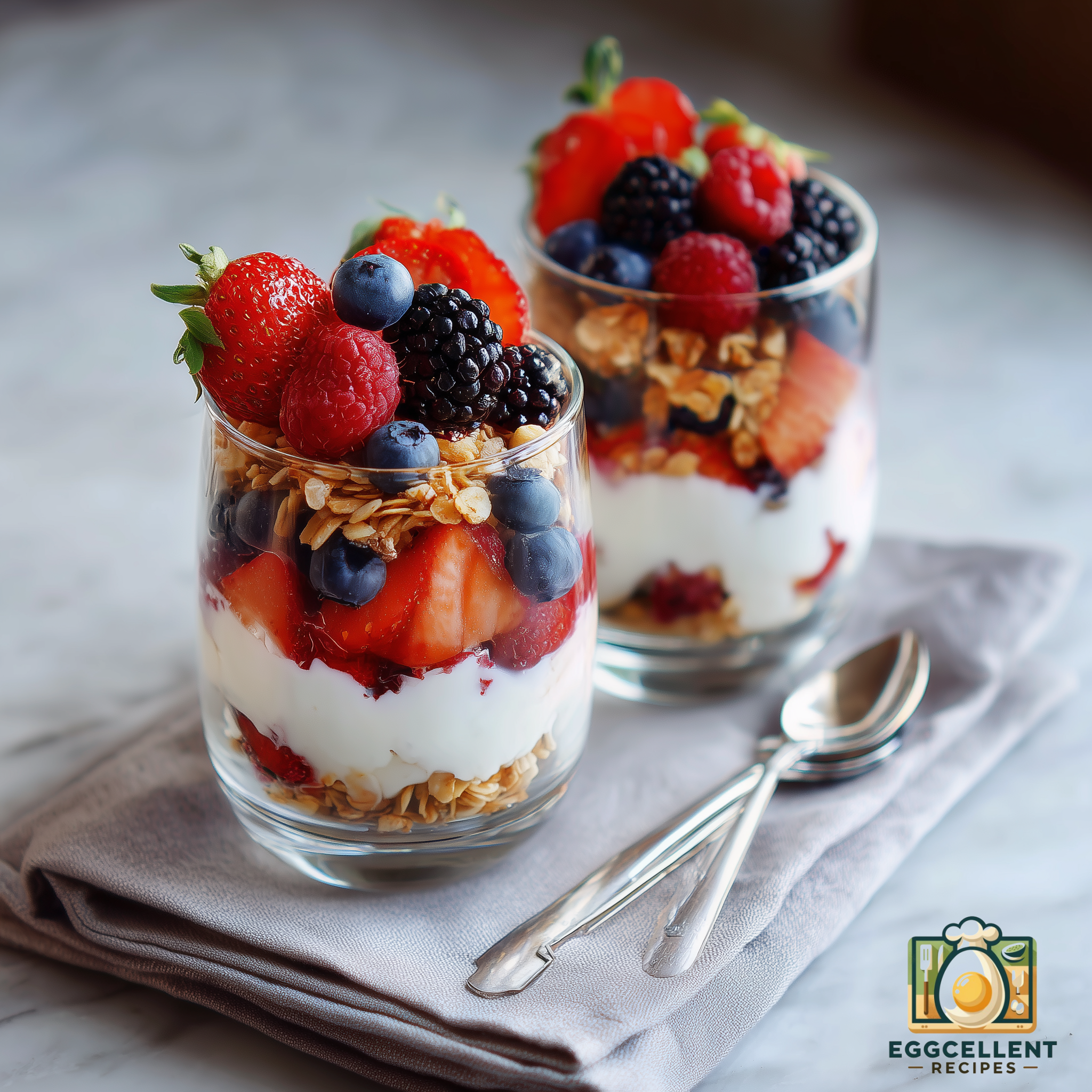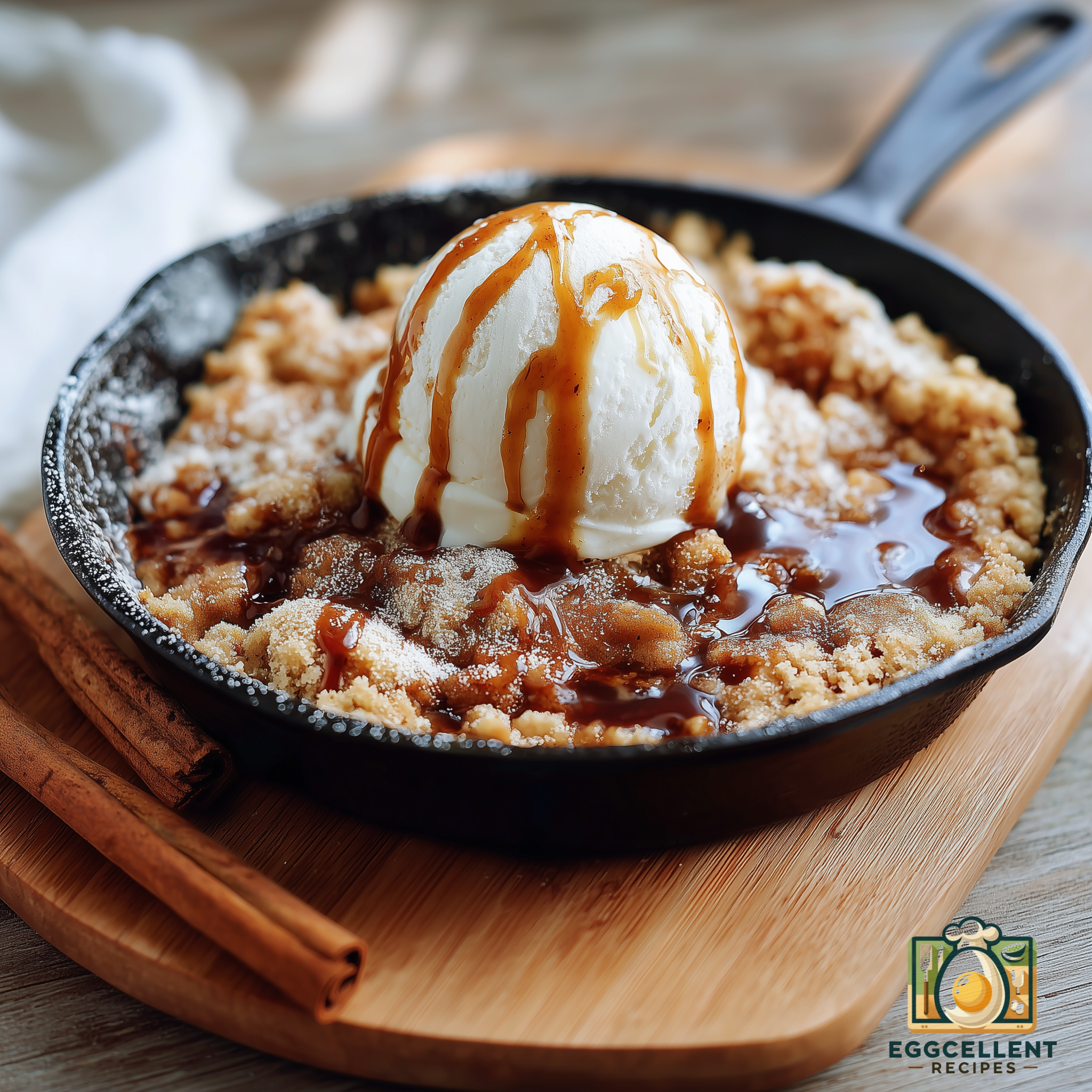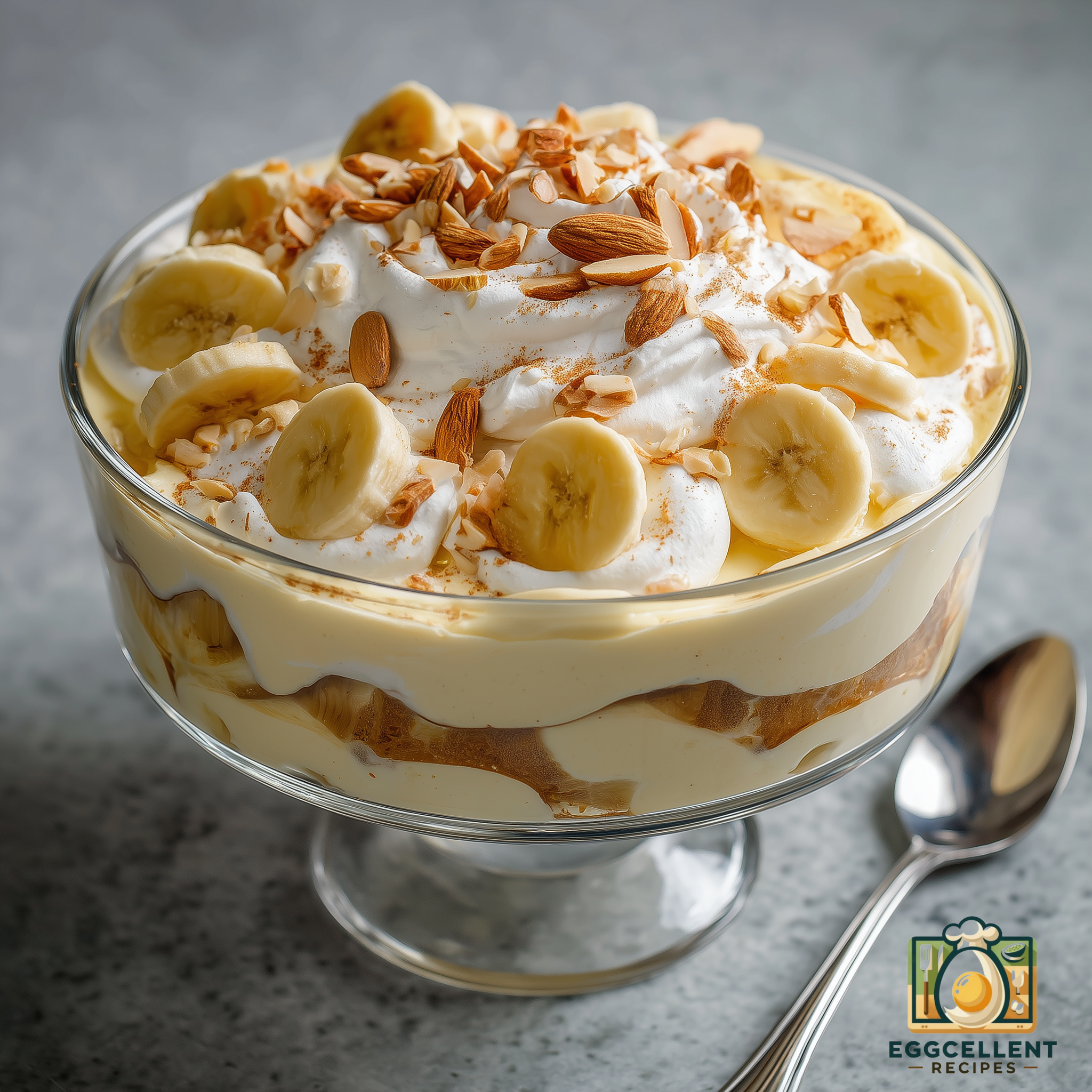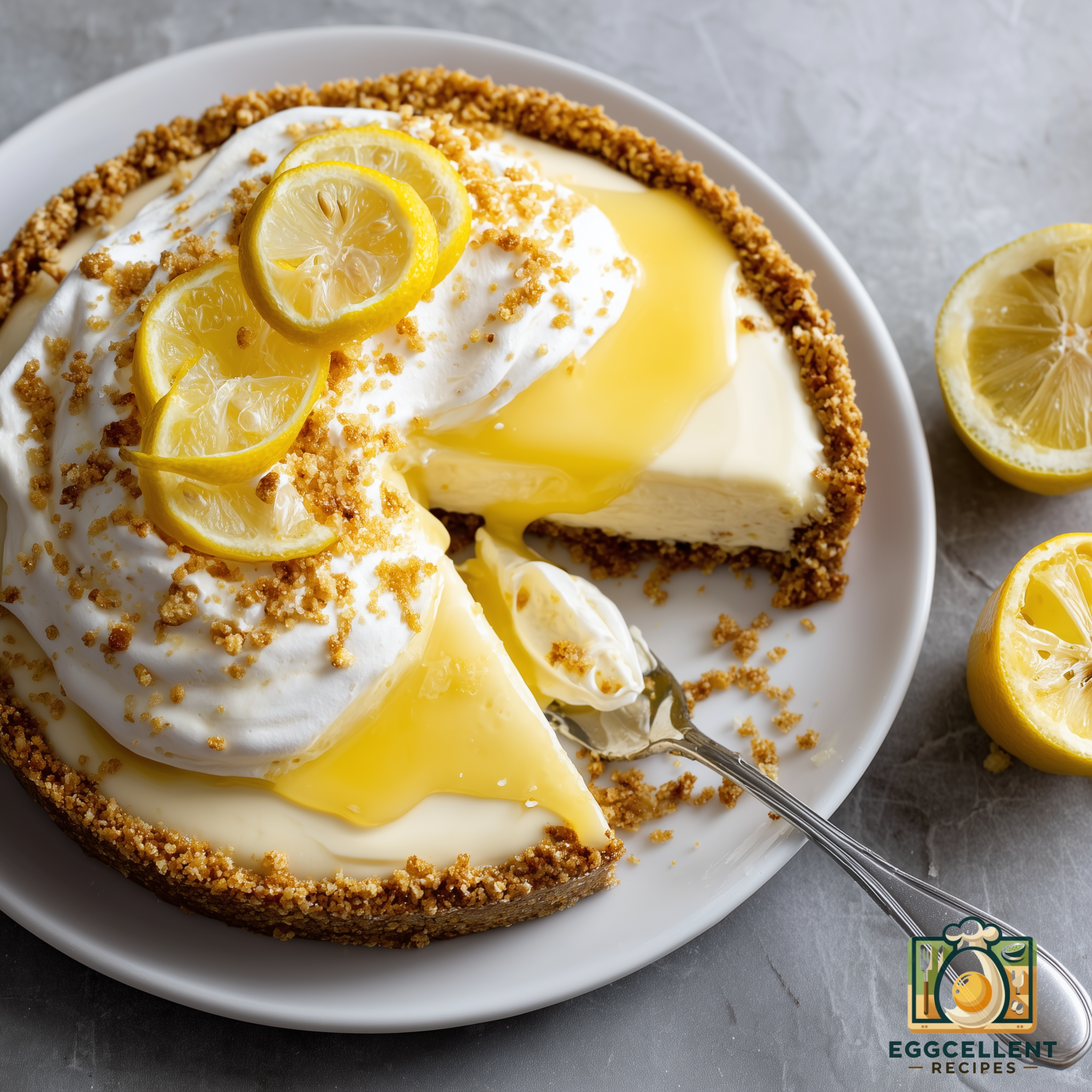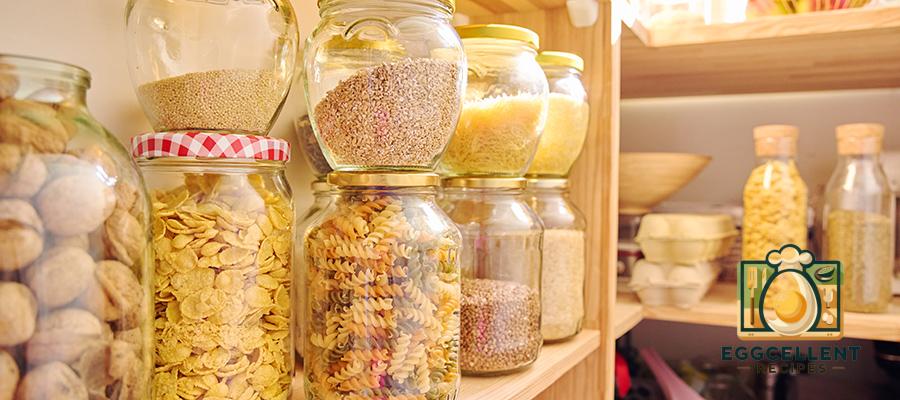
A well-stocked pantry can be a game-changer on busy days, helping you whip up nutritious, tasty meals without last-minute runs to the grocery store. By focusing on a few key items, you’ll ensure you have the building blocks for balanced breakfasts, lunches, dinners, and snacks. Below is a comprehensive guide to the healthiest pantry staples to keep on hand.
1. Whole Grains & Grain Alternatives
- Brown Rice: A versatile base for stir-fries, grain bowls, and burritos. Compared to white rice, it offers more fiber and nutrients.
- Quinoa: Naturally gluten-free and high in protein, quinoa is perfect for salads, soups, and side dishes.
- Oats: Rolled or steel-cut oats are a breakfast staple but can also be used in baking and as a binder in recipes (e.g., veggie burgers).
- Whole-Wheat Pasta: Packed with more fiber than refined pasta. Works well with a variety of sauces and can easily bulk up a meal.
Tip: Store grains in airtight containers to keep them fresh and protect against pests.
2. Legumes (Canned & Dried)
- Beans (Black, Pinto, Kidney, Chickpeas): Canned beans are convenient for quick meals (soups, salads, burritos), while dried beans can be more cost-effective if you have the time to soak and cook them.
- Lentils (Green, Brown, Red): A protein powerhouse that cooks faster than many other beans. Great in soups, curries, or as a plant-based protein for salads.
- Split Peas: Ideal for hearty pea soups or stews.
Tip: Rinse canned legumes to reduce sodium content, and don’t be afraid to experiment with seasonings.
3. Healthy Fats & Cooking Oils
- Extra Virgin Olive Oil: A cornerstone of the Mediterranean diet. Use it for sautéing, roasting vegetables, or making salad dressings.
- Avocado Oil: Has a higher smoke point than olive oil, making it ideal for high-heat cooking.
- Coconut Oil: Good for certain baking recipes and imparting a mild coconut flavor. Choose unrefined if you want the aroma, refined if you don’t.
Tip: Store oils in a cool, dark place to preserve nutrients and prevent rancidity.
4. Nuts, Seeds & Nut Butters
- Almonds, Walnuts, Cashews: Great for snacking, baking, or topping off salads and oatmeal. Walnuts, in particular, are rich in omega-3 fatty acids.
- Seeds (Chia, Flax, Pumpkin, Sunflower): Packed with protein, fiber, and healthy fats. Use them in smoothies, baking, or as crunchy salad toppers.
- Nut & Seed Butters (Peanut, Almond, Tahini): Perfect for spreading on toast, adding to sauces, or stirring into oatmeal. Look for options with minimal ingredients (just the nuts/seeds and possibly salt).
Tip: Buy unsalted nuts/seeds to control your sodium intake, and keep them in airtight containers to maintain freshness.
5. Dried Fruits
- Raisins, Dates, Apricots, Cranberries: A natural way to add sweetness to oatmeal, yogurt bowls, or baked goods.
- Figs & Prunes: Often overlooked, but high in fiber and can help support digestion.
Tip: Choose varieties without added sugar if possible; always read labels to avoid hidden sweeteners.
6. Healthy Proteins & Canned Proteins
- Canned Tuna or Salmon: A convenient source of lean protein and omega-3 fatty acids. Look for varieties packed in water rather than oil to reduce excess fat.
- Canned Chicken or Turkey: Quick and easy protein addition to soups, salads, or sandwiches.
- Tofu, Tempeh (Shelf-Stable Options): Some tofu and tempeh products come vacuum-sealed, allowing longer shelf life if not refrigerated (check the label). Great plant-based protein alternatives.
Tip: Always check for low-sodium or no-salt-added versions of canned proteins to keep sodium intake in check.
7. Spices & Seasonings
- Herbs & Spices (Basil, Oregano, Cumin, Turmeric, Paprika, etc.): Elevate the flavor of your dishes without relying on excess salt or sugar.
- Sea Salt, Black Pepper: Pantry essentials for basic seasoning.
- Garlic & Onion Powder: Ideal for quick flavor boosts when fresh aromatics aren’t available.
Tip: Store spices in a cool, dry place and replace them every 6–12 months for optimal flavor potency.
8. Sauces, Condiments & Vinegars
- Tomato Sauce & Paste: For pasta dishes, soups, and stews. Choose low-sodium or no-sugar-added varieties to keep recipes healthier.
- Broth or Stock (Chicken, Vegetable, or Beef): Great for soups, cooking grains, and adding depth of flavor to dishes. Low-sodium versions are best.
- Soy Sauce or Tamari: A must-have for Asian-inspired dishes. Tamari is a gluten-free alternative to soy sauce.
- Vinegars (Apple Cider, Balsamic, White Wine, Rice): Add acidity to brighten dressings, marinades, and sauces. Apple cider vinegar can also be used as a home remedy or wellness shot in moderation.
- Hot Sauce or Chili Paste: A quick way to add heat and flavor to any dish—just watch the sodium.
Tip: Check the ingredient list and nutrition label to avoid added sugars or excessive salt.
9. Baking Essentials
- Whole-Grain Flours (Whole Wheat, Spelt, Oat Flour): Offer more fiber and nutrients than refined flours.
- Baking Powder & Baking Soda: Essentials for leavening in quick breads, muffins, and pancakes.
- Natural Sweeteners (Honey, Maple Syrup, Molasses): Can help you cut down on refined sugars.
- Unsweetened Cocoa Powder: Perfect for healthy chocolate desserts or a natural mood-boost in smoothies.
Tip: Store flour in an airtight container (or even the freezer) to prevent it from going rancid, especially if it’s whole-grain.
10. Extras & Snacks
- Popcorn Kernels: A fiber-rich snack option. Air-pop and season lightly with herbs or nutritional yeast for a healthier alternative to microwave bags.
- Rice Cakes or Whole-Grain Crackers: Useful for quick snacks with nut butter, hummus, or avocado.
- Dark Chocolate: Look for bars with at least 70% cocoa for a rich, antioxidant-packed treat.
Tip: Prep snack portions in advance to avoid mindless munching and to keep portions in check.
Smart Pantry Management Tips
- First In, First Out: Rotate new items to the back so older items get used before they expire.
- Keep It Organized: Label containers and use clear bins or jars to see what you have at a glance.
- Plan Ahead: Use pantry staples to create weekly meal plans, ensuring you always have the basics you need on hand.
- Check Labels: Watch for hidden sugars, sodium, and artificial ingredients in canned or packaged goods.
Final Thoughts
Stocking your pantry with nutrient-dense staples makes healthy eating simpler and more sustainable. When you have the basics—like whole grains, legumes, nutritious fats, and a variety of spices—you can easily craft balanced meals and snacks no matter how hectic your day gets. With a little planning and proper organization, these pantry all-stars will help you stay on track toward a healthier lifestyle.

